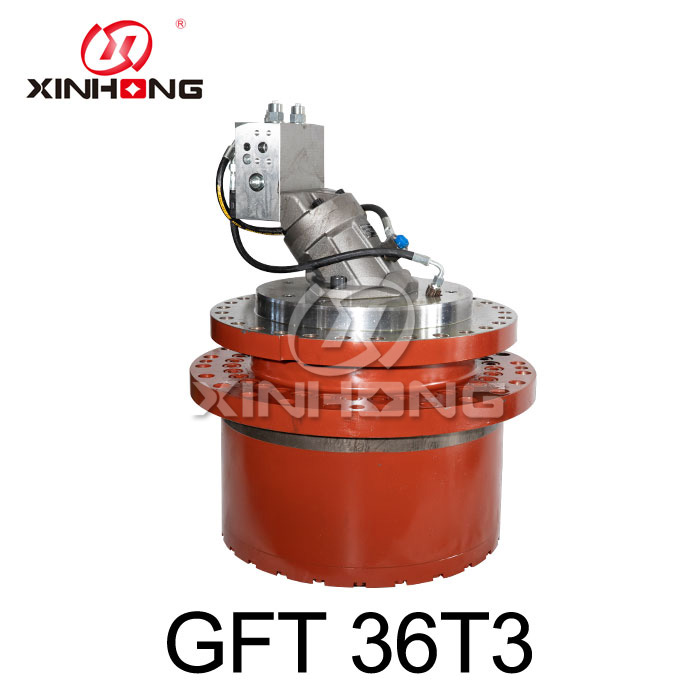Aspects of reduction gearboxes for shipboard use
2024-03-30
A reduction gearbox for shipboard applications is a critical component of a vessel's propulsion system, designed to transmit power from the ship's main engine to the propeller shaft while reducing the speed of rotation. Here are some key aspects of reduction gearboxes for shipboard use:
1. Reduction Ratio: The reduction gearbox reduces the high-speed rotation of the ship's main engine to a lower speed suitable for driving the propeller efficiently. The reduction ratio, which represents the ratio of input speed to output speed, is carefully selected to match the operating characteristics of the engine and propeller.
2. Torque Conversion: In addition to reducing speed, the reduction gearbox increases the torque output to provide sufficient power to turn the propeller effectively. This torque conversion is crucial for ensuring the ship's propulsion system can overcome resistance from water and propel the vessel forward efficiently.
3. Compact Design: Space is often limited aboard ships, so reduction gearboxes for shipboard applications are typically designed to be as compact and lightweight as possible while still meeting the required power transmission and torque conversion requirements.
4. Durability and Reliability: Shipboard environments can be harsh, with exposure to saltwater, humidity, vibration, and shock loads. Reduction gearboxes must be constructed from high-quality materials and engineered to withstand these conditions while maintaining reliable operation over long periods of service.
5. Efficiency: Reduction gearboxes should be designed to minimize energy losses during power transmission, ensuring that the propulsion system operates with high efficiency to optimize fuel consumption and minimize operating costs.
6. Integrated Controls: Many modern reduction gearboxes incorporate integrated control systems that allow for precise adjustment of gear ratios and propulsion system parameters. These control systems may include features such as automatic load sharing, speed regulation, and condition monitoring to optimize performance and ensure safe operation.
7. Maintenance and Serviceability: Regular maintenance and inspection are essential to ensure the continued reliability and performance of reduction gearboxes in shipboard applications. Accessible service points, easy-to-replace wear parts, and comprehensive maintenance instructions are important considerations in gearbox design.
8. Compliance and Certification: Reduction gearboxes for shipboard use must comply with relevant industry standards and regulations, as well as classification society requirements. Certification by recognized organizations ensures that the gearbox meets safety, environmental, and performance standards for marine applications.
By selecting a high-quality reduction gearbox that meets the specific requirements of the ship's propulsion system and operating conditions, shipowners and operators can ensure efficient, reliable, and safe operation of their vessels. Regular inspection, maintenance, and servicing are essential to prolong the lifespan of the gearbox and minimize the risk of downtime or failure at sea.



